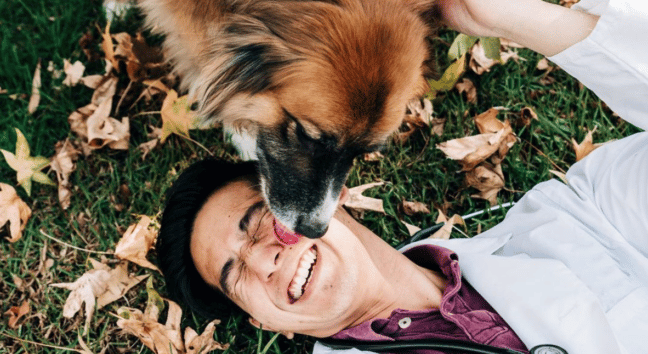I often get this question as to the importance of microchipping their dog. It is SO important, especially on holidays where unexpected sounds that may scare your dog like Fourth of July as it significantly increases your chances of finding and identifying your dog. Below I’ve answered the most commonly asked questions about microchipping:

@dr.zonramliao
FAQ: Why Should you Microchip your Dog?
@dr.zonramliao

@vet.lo.robinson
What are microchips used for in our dogs?
Microchips have been used in dogs for years now to provide a form of permanent identification. Essentially, what these microchips are, are chipped implants called RFID tags, standing for radio frequency identification tags, essentially working as a permanent ID. The radio frequency in these is passive, which means that they passively contain a specific ID number and does not actively transmit any information. It is read by passing a microchip scanner over the dog’s shoulder blades where the chip is located to transmit the microchip’s unique dog ID code and positively identify the dog. The microchip implanted in your dog has no battery and no internal power source, so it will last the life of your dog and sits inertly in the dog until it is read by a microchip scanner.
How are microchips administered?
Dog microchipping is actually a simple procedure! Your veterinarian simply injects a microchip, about the size of a grain of rice, beneath the surface of the skin of your dog between the shoulder blades. The process is similar to any other injection for your dog, and takes only a few seconds.
The procedure is simple, safe, and can be relatively pain-free. Because the needle for injection of the microchip is large, many people choose to have the microchipping procedure performed at the time of spaying or neutering their dog, for an incident-free microchip injection under general anesthesia. Though recommended, this is not always necessary, and the microchip can be implanted easily with your local veterinarian, especially with a calm, well-behaved, non-wiggly dog.

@vet.lauren

@bondvetclinic
What do I do after my dog has received a microchip?
Once your dog is microchipped, please register your dog along with your name and contact information with the appropriate agency. Failure to do so can render the entire process useless, as the microchip number will not be associated with anyone.
How is the microchip read?
Almost all humane societies, shelters, and animal hospitals have universal microchip readers. These microchip scanners will detect the specific RFID tag embedded in the chip located underneath your dog’s skin. This will display the registered identification number on the scanner’s screen. Occasionally, the chips do migrate underneath the dog’s skin, so make sure the reader is passed over the entire body to detect the chip.

@rorythevet
We hope this information is helpful for you and your pet, and helps you better understand how microchips work and encourages you to get your pet microchipped. So please, make sure your pet is microchipped as firework season comes upon us. The more we can help people find their lost pets, the better.
Again, if your pet is microchipped but you have not registered or updated your contact info, your pet is not fully protected! So make sure you update your information online or over the phone anytime you change phone numbers, you move, or change ownership.
As always, feel free to reach out to Dog Spotted or in the comments section below if you found this article helpful or have any questions!




Conversation